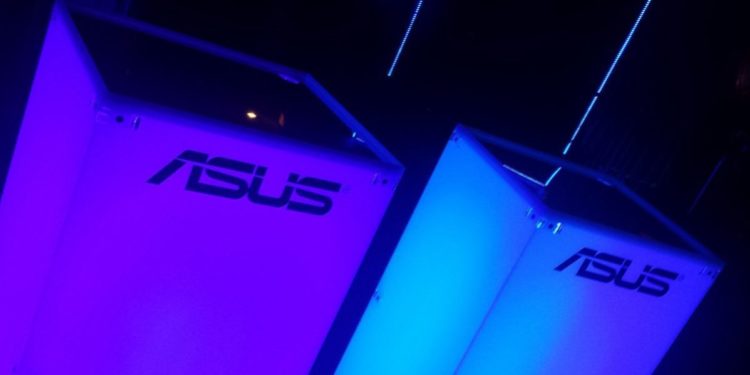[ad_1]
Asus hopes to faucet into an edge computing market anticipated to be price $9 billion by 2024. To this finish, the Taiwan-based firm unveiled a brand new Mini PC — the PN61T — in addition to the Tinker Edge R and Edge T, which had been first introduced final November. Asus says they’re designed to work in tandem inside enterprise environments to allow check-in through facial recognition and automatic lighting, plus wi-fi shows and chronic machine monitoring.
All three new merchandise can be out there beginning in 2020, in line with the corporate.
The PN61T — which slots alongside the PN61V in Asus’ Mini PC lineup — options as much as an Intel Core i7 processor and a built-in Google Edge tensor processing unit (TPU), which accelerates processing whereas decreasing general energy consumption. The Edge TPU can execute a number of pc imaginative and prescient fashions at 30 frames per second (fps) or a single mannequin (like MobileNet V2) at over 100fps, thanks partially to a light-weight model of Google’s TensorFlow framework, dubbed TensorFlow Lite. It’s additionally in a position to faucet Google’s Cloud IoT Edge for knowledge administration and processing.
 Elsewhere on the PN61T’s stackable chassis is a dual-microphone array and audio inputs, plus infrared sensors that permit the unit to be managed wirelessly with a distant. Out there ports embody USB three.1 Gen2 Kind-C ports, a MicroSD card reader, a USB Kind-C enter for fast charging, and an HDMI enter, along with a configurable port possibility with VGA, COM, DisplayPort, LAN, and Thunderbolt three connections.
Elsewhere on the PN61T’s stackable chassis is a dual-microphone array and audio inputs, plus infrared sensors that permit the unit to be managed wirelessly with a distant. Out there ports embody USB three.1 Gen2 Kind-C ports, a MicroSD card reader, a USB Kind-C enter for fast charging, and an HDMI enter, along with a configurable port possibility with VGA, COM, DisplayPort, LAN, and Thunderbolt three connections.
As for the Tinker Board Edge sequence, it includes the Tinker Edge T and Tinker Edge R — two single-board computer systems in a small issue that supply embedded designs with multi-core Arm Cortex processors. They each boast succesful graphics chips and multimedia processors (that may deal with as much as 4K on the Tinker Edge R), and strong connectivity from Gigabit Ethernet to Wi-Fi and Bluetooth. Forty general-purpose enter/output pins spherical out the I/O, complementing the NXP i.MX 8M system-on-chip (on the Tinker Edge T) and Rockchip RK3399 Professional (on the Trinker Edge R) and HDMI, MIPI-DSI, Twin MIPI-CSI, USB three, and Kind-C ports.
Every Tinker Edge pc comes with assist for a completely open supply kernel that performs properly with a number of APIs, together with OpenGL, Vulkan, OpenCL, OpenVX, Google’s AndroidNN, and Fb’s Caffe and Caffe2.
“This newest lineup of … merchandise [is] designed for real-life AI edge-computing purposes, from AI-enabled shopper robotics and good merchandising machines to AI-enabled video conferencing and digital camera setups,” wrote Asus in a press launch. “As a result of the NPU is optimized for dealing with impartial networks, the Tinker Edge sequence is good for bringing synthetic intelligence capabilities from the cloud to a neighborhood machine whereas maintaining person knowledge native and safe.”
[ad_2]
Source link









